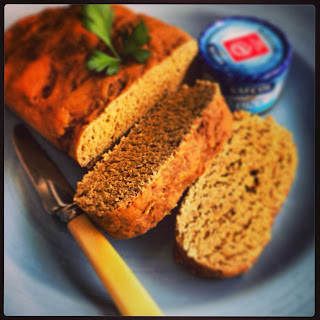The best part of rocky road is you can make it simple or extravagant as you want. In the recipe below, I will so you the extravagant side of rocky. This is also a really good recipe for Christmas gifts.
The great thing about this recipe also, it doesn't take all day in the kitchen to have a final product. You can do the cooking in the morning and be enjoying the rocky for after Christmas lunch.
Here in Australia it is normally hot (I say normally because at this very moment in time, it is raining and cold) so having roasts is not the best option some times. Slaving away in a hot kitchen when it can be 40 plus degrees outside is not good. After these are refrigerated, it is a nice cool, and very tasty treat on a hot summers day.
What you need:
75g plain flour
30g cocoa powder
155g caster sugar
2 eggs
125g melted butter
150g of mini marshmallows
100g pistachio nuts (husks removed)
100g glace cherries
25g shredded coconut
200g milk chocolate
100g dark chocolate
How to:
1) Preheat oven to 180 degrees C. Brush a 20 x 30cm (approx) baking tin with some of the melted butter. Line the tray with baking paper with the sides overhanging.
2) Sift the flour and cocoa powder into a large bowl. Stir in the sugar. Make a well in the centre and add the eggs and melted butter. Stir to combine.
3) Pour the mixture into the baking tin and bake for 20 minutes. Set aside in the pan and allow to cool. Keep the brownie in the pan, do not remove.
4) Combine the marshmallows, cherries, pistachios and coconut in a bowl. Melt the chocolate and add to the mixture. Stir to combine.
5) Pour the chocolate mixture over the brownie and spread the mixture over out evenly. Place in the fridge until the chocolate has set. Once the mixture has set, slice anyway you want and enjoy.
Ben's Food Blog is moving up in the World and now has QR Codes. Don't forget to go to the Facebook page and like Ben's Food Blog. You can also follow us on Instagram - photos come out on Instagram before they are put on the blog as recipes.
Instagram - @bensfoodblog
MERRY CHRISTMAS




+3.jpg)





























